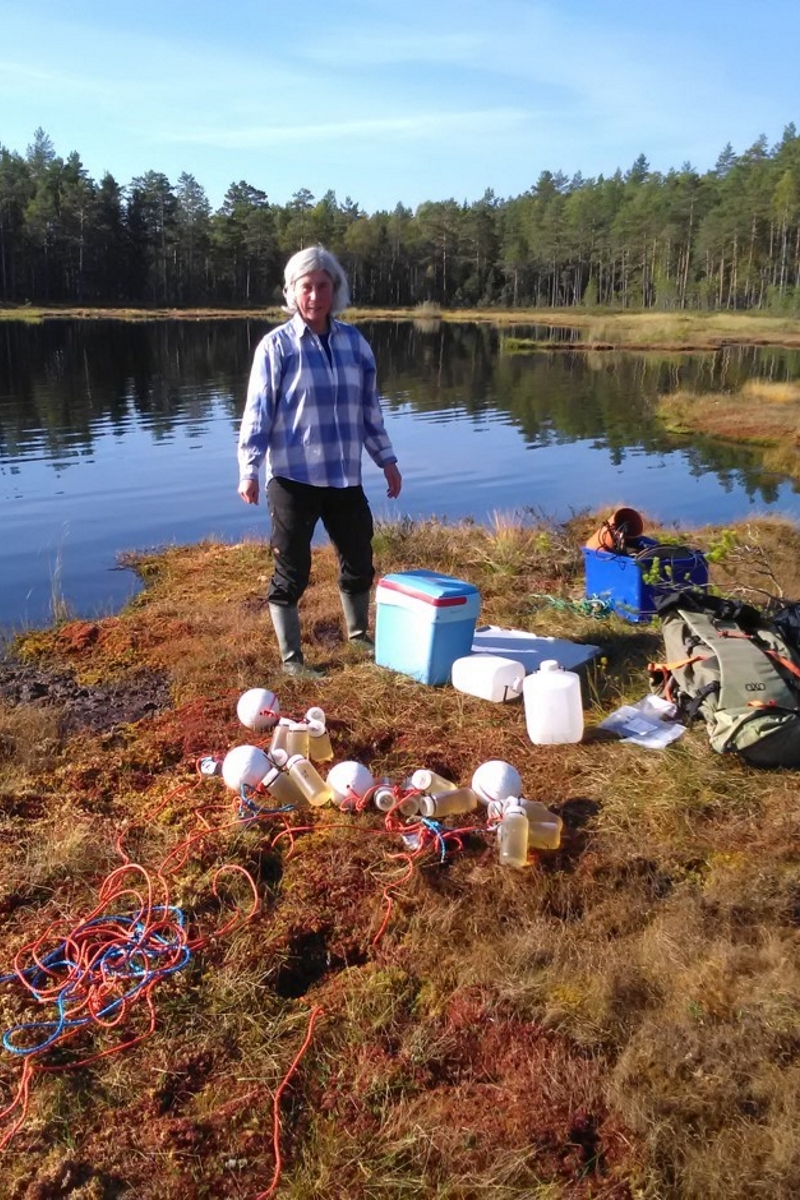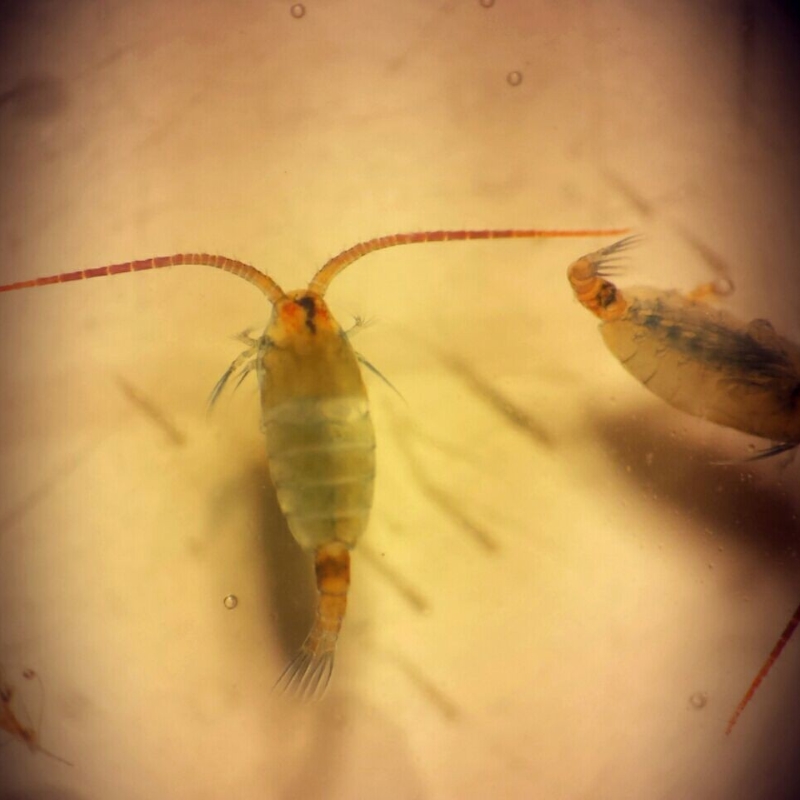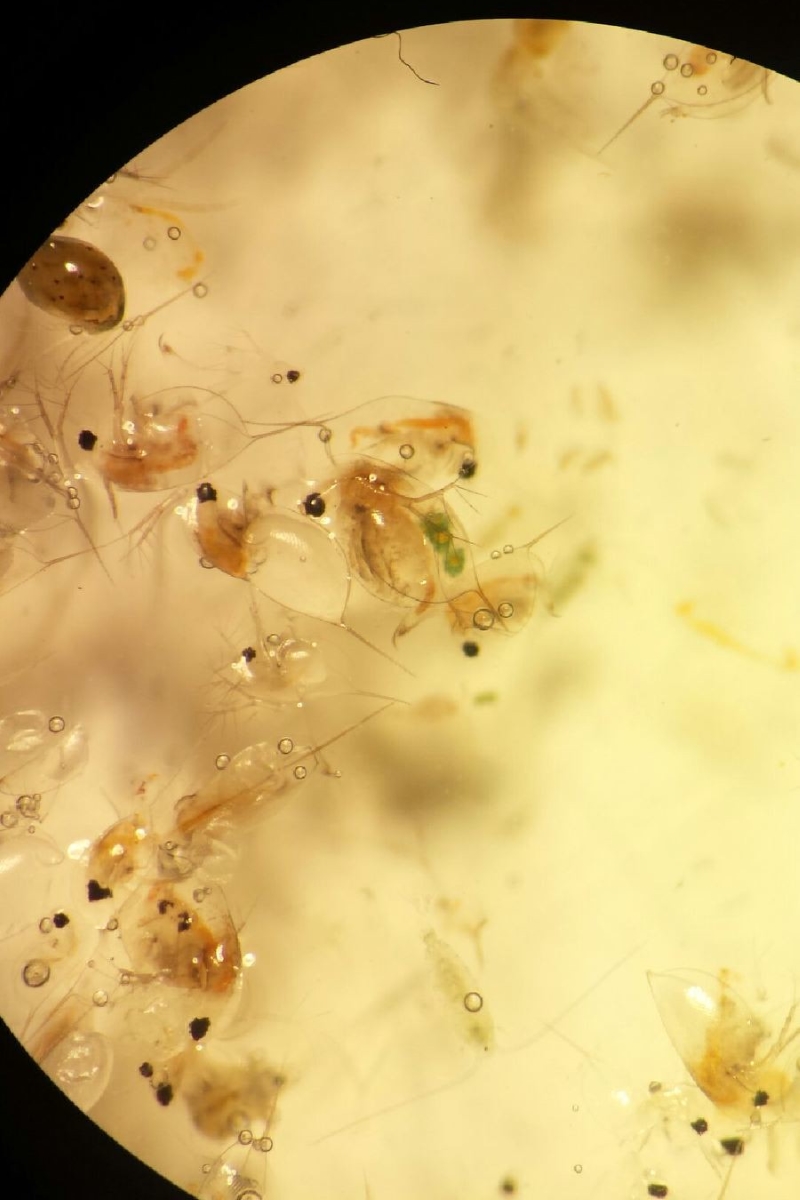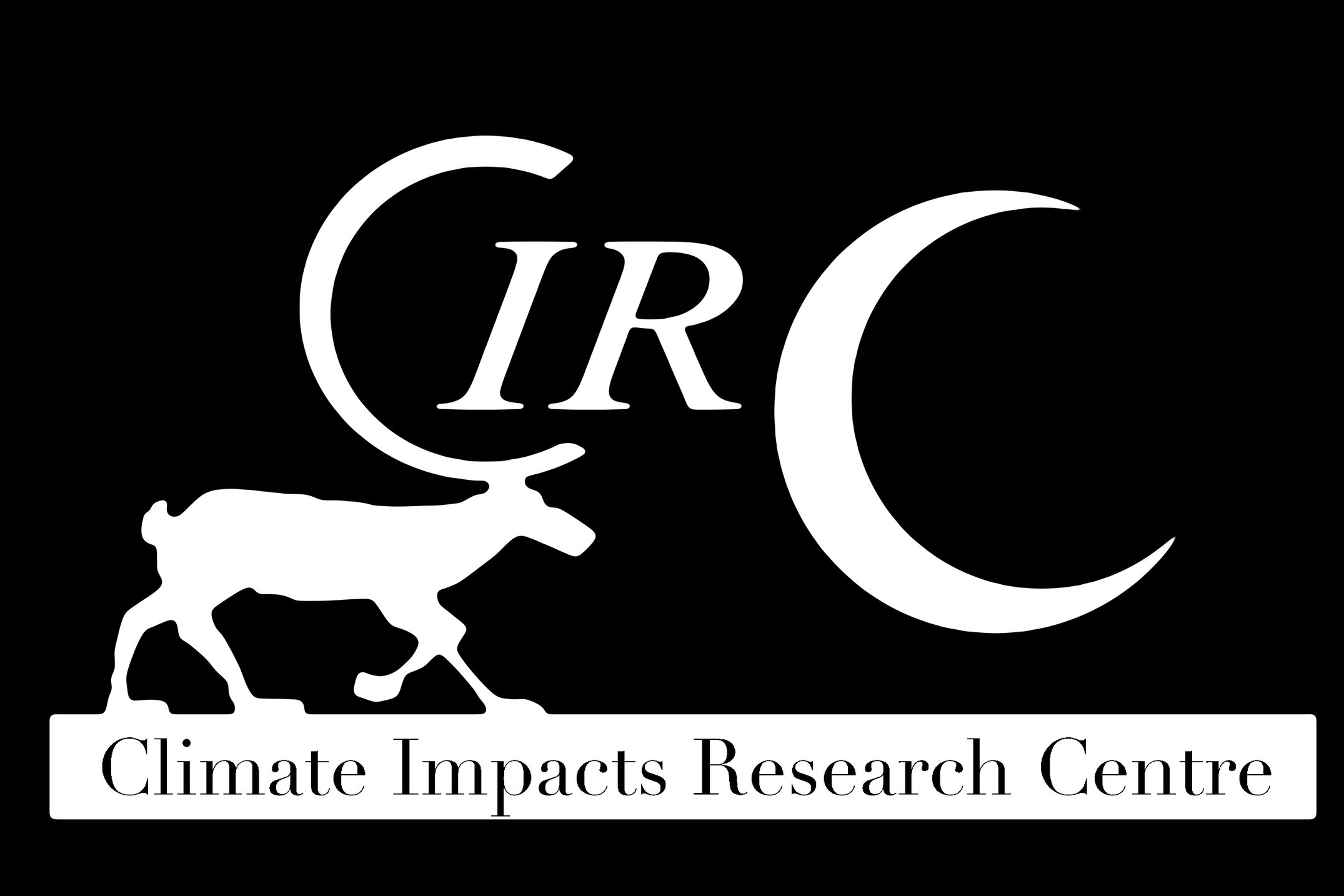Global Nitrogen Enrichment Experiment (AGNEE) - Role of nitrogen deposition on nutrient limitation of phytoplankton and zooplankton in low productive lakes
Project Summary
Variation in atmospheric nitrogen (N) deposition due to anthropogenic activities have profound effects on the chemistry and biology of lake ecosystems worldwide. Our previous research has shown that there are dramatic variations in productivity, nutrient biogeochemistry, and food chain structure among low productivity lakes in the Northern biosphere. This research program assess on a global scale two critical knowledge gaps: (1) How rates of N deposition control lake dissolved inorganic N (DIN):total phosphorus (TP) stoichiometry, nutrient limitation of phyto- and zooplankton, and the consequence of these biogeochemical changes on the nutritional quality of the food web; and (2) How catchment structure and function may serve to mitigate unwanted changes in lake ecosystem stoichiometry. The research is conducted on low productive lakes in Sweden and Canada/US along a similar climate and wet DIN deposition gradient (<1 to 8-10 kg N/ha/yr). In Sweden sampling is conducted in three areas: Värmland, Västerbotten and in Norrbotten (i.e. in the Abisko region). We use N deposition, satellite remote sensing- and GIS data to determine the influence of catchment structure in regulating DIN:TP ratios in lakes. We aim to establish how DIN:TP ratios influence biomass, composition and elemental stoichiometry of phyto- and zooplankton communities; and we perform bioassay enrichment experiments to determine nutrient limiting factors of phytoplankton and consumer driven nutrient regeneration responses.
Collaborators
Irena Creed, Western University, Canada
Anders Jonsson, Umeå University
Peter Isles, Umeå University
Danny Lau, Umeå University
Tobias Vrede, Swedish of Agricultural Sciences, Uppsala
Funding
Swedish Research Council (VR)
Project Photos








